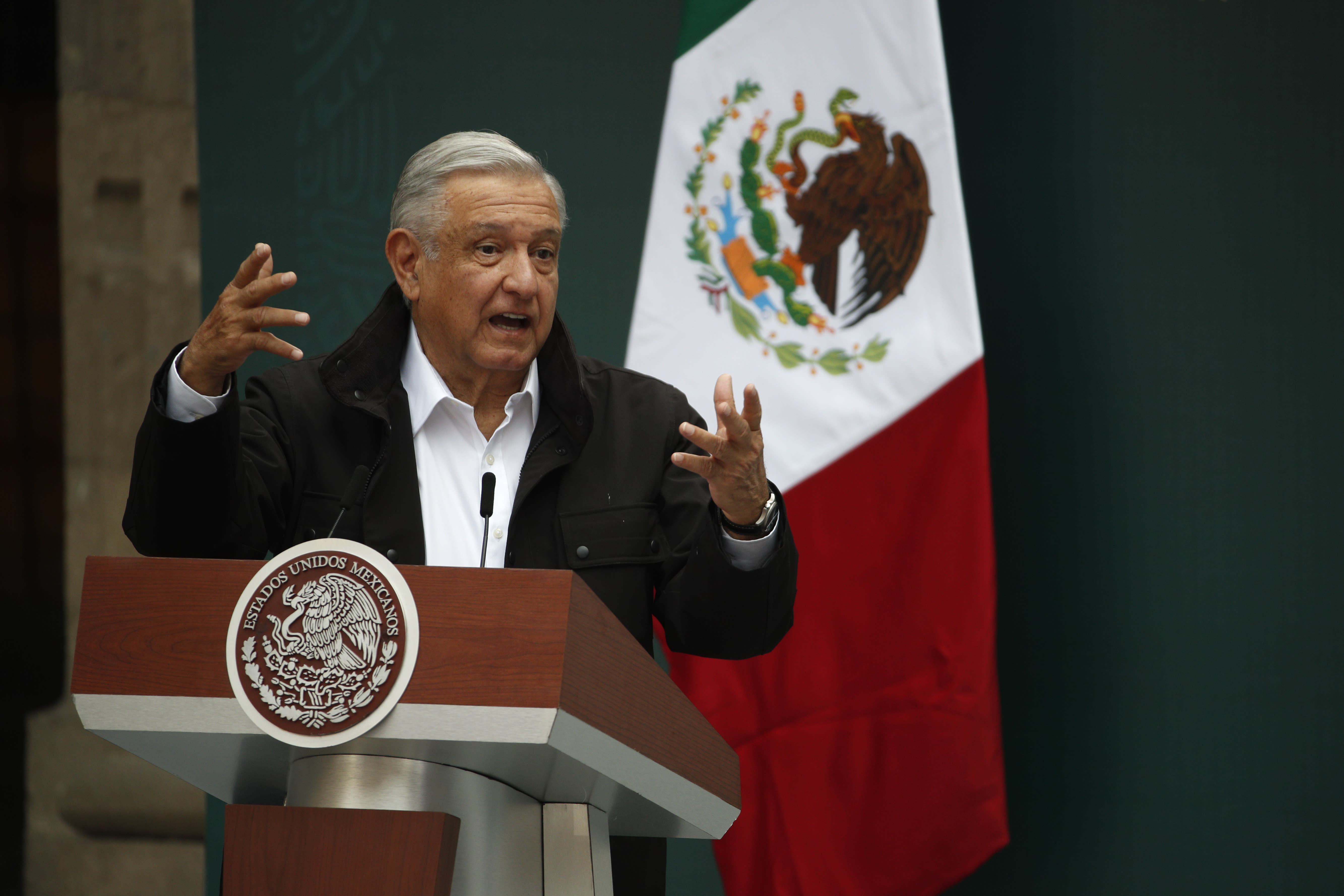#METOO #BELEIVESURVIVORS
Paris Hilton leads protest and calls for closure of Utah school
Associated Press,TODAY•October 10, 2020
Paris Hilton has been speaking out about abuse she said she suffered at a boarding school in Utah, and on Friday she took her push nearly to the school’s front doors.
Hilton organized a protest in a park near Provo Canyon School, along with several hundreds of others who share stories of abuse they say they suffered there or at similar schools for troubled youth. She is calling for the closure of the school.
Hilton, a socialite who became a reality TV star, and many others wore black T-shirts with red letters on the back that said, “survivor” and on the front read, “breaking code silence,” a reference to Hilton’s new campaign to compel others to shed light on what she believes is a corrupt industry that manipulates parents and traumatizes youth. It was Hilton’s first time back to the area since she was there as a teen, when she says she was verbally, emotionally and physically abused in what she described as “torture.”

Image: Paris Hilton (Rick Bowmer / AP)
Since a documentary titled “This is Paris” was released on YouTube last month, other celebrities have also spoken out about their experiences at that school or others like it, including Michael Jackson’s daughter Paris Jackson and tattoo artist Kat Von D.
“It’s something so traumatic that you don’t even want to think it’s real,” Hilton said in a speech to the crowd. “It’s something I blocked from my memory for forever.”
Related: Jackson shared her story in solidarity with Hilton.
The institution is now under new ownership and the administration has said it can’t comment on anything that came before, including Hilton’s time there. Owners of the school declined comment Friday, pointing to a statement on the school website that said the previous owners sold the school in 2000. The school aims to help youth who have struggled in typical home and school environments, some of whom are dealing with drug addiction or acting out violently, according to the website.
“We are committed to providing high-quality care to youth with special, and often complex, emotional, behavioral and psychiatric needs,” the statement read.
In the documentary, Hilton says she got into the nightlife scene in New York as a teenager and would sneak out and go to clubs while her family lived at the Waldorf Astoria hotel.

Image: Paris Hilton (Rick Bowmer / AP)
Her exasperated parents sent her away to various programs to straighten out. When she was 17, Hilton was finally sent to what she describes as “the worst of the worst”: Provo Canyon School in Utah.
She stayed at Provo for 11 months and says while there, she was abused mentally and physically, claiming staff would beat her, force her to take unknown pills, watch her shower and send her to solitary confinement without clothes as punishment.
The 39-year-old says the treatment was so “traumatizing” that she suffered nightmares and insomnia for years.
After she went home, she was determined to protect herself and eventually constructed the persona that she embodied when she became famous on the reality show “The Simple Life” in the early 2000s, the documentary revealed.

Image: Paris Hilton (Rick Bowmer / AP)
Hilton and others at the protest vowed to push forward until all schools that mistreat youth are shut down. After she and others spoke at the park, she led the group in a protest walk until they arrived at the front gates of the school, where she stopped to pose in front of a school sign holding her own poster that said, “Shut down Provo.”
“There is thousands of these schools all around. Provo Canyon is just the first one that I want to go down,” Hilton said. “From there, it will be a domino effect.”
Paris Hilton leads abuse survivors in Utah protest of Provo Canyon School: 'This is just the first step'
Elise Solé, Yahoo Celebrity•October 10, 2020

Paris Hilton lead an Oct. 9 protest demanding the closure of Provo Canyon School in Springville, Utah, where she claims she was abused as a student. (Photo: Tibrina Hobson/WireImage)
Paris Hilton advanced her campaign to close the Utah boarding school where she alleges she was abused, with a Friday protest.
In her Sept. 14 YouTube documentary This Is Paris, the reality television star revealed that she was abused by administrators at Provo Canyon School in Springville, Utah at the age of 17. Frustrated by her rebellious behavior, Hilton’s parents sent her to the residential treatment center, where Hilton says she was kept in solitary confinement, hit and intimidated.
A disclaimer on school’s website reads, “We are aware of media referencing Provo Canyon School. Please note that PCS was sold by its previous ownership in August 2000. We therefore cannot comment on the operations or patient experience prior to that time. We are committed to providing high-quality care to youth with special, and often complex, emotional, behavioral and psychiatric needs.”
For the documentary, Hilton met with other survivors of the school and this month, tattoo artist Kat Von D recalled her time there as “the most traumatic six months of my life.”-
On Friday, hundreds of people joined Hilton at a park near the school. Wearing a black T-shirt that read “Survivor” and “Breaking code silence,” Hilton held a sign with the lettering, “The kids you abuse today will be the ones that will take you down tomorrow.”
“They want us to be ashamed and we’re not the ones who should be ashamed,” @ParisHilton said at the rally in Provo. “The people who should be ashamed are the ones who work at these places.”https://t.co/eE4c8ds4G6
— The Salt Lake Tribune (@sltrib) October 9, 2020
Yesterday was one of the most empowering moments of my life! Returning to the place that has haunted my nightmares since I was a teen. Being there surrounded by hundreds of other survivors who have all endured the same pain & abuses that I have. pic.twitter.com/IdtRf2xtuS
— Paris Hilton (@ParisHilton) October 10, 2020
According to the Salt Lake Tribune, Hilton told protestors, “Today, I’m not here as Paris Hilton. I’m here as just another survivor who was abused, who has lived with that since the day I left. And I am dedicated to shutting down Provo Canyon School, which will cause a chain reaction among this entire industry.”
The star also told Fox 13, “This has been one of the most empowering moments of my life and this is just the first step.”
Hilton, who subsequently developed post-traumatic stress disorder, anxiety and depression, said her experience at the school led to multiple abusive relationships and her 2003 sex tape with ex-boyfriend Rick Salomon who sold the footage titled 1 Night in Paris.
"That would never have happened if I hadn't gone to that school," Hilton told CBS Sunday Morning. "When I got out of that school, I was so lost. And then I ended up meeting the person who did that.”
On Friday morning, Hilton told Good Morning America that boyfriend Carter Reum has re-established her trust in men. “It’s the first time I’ve really opened my heart and he is so incredible, I finally feel safe...he makes me feel like the luckiest girl in the world...”
The star’s Change.org petition to close the school has more than 130,000 signatures.
























